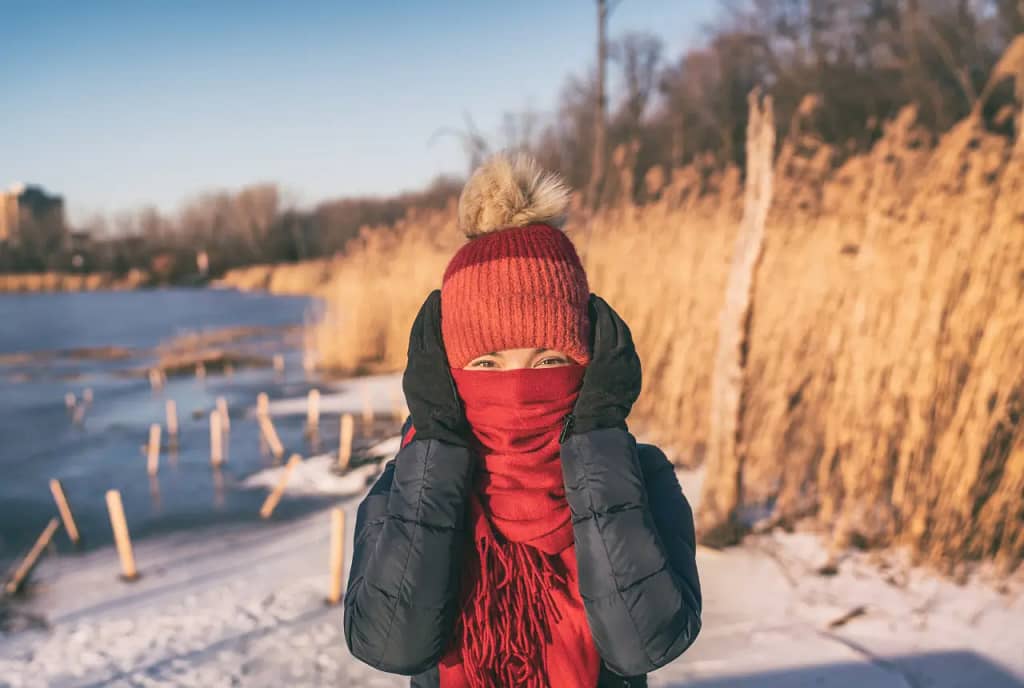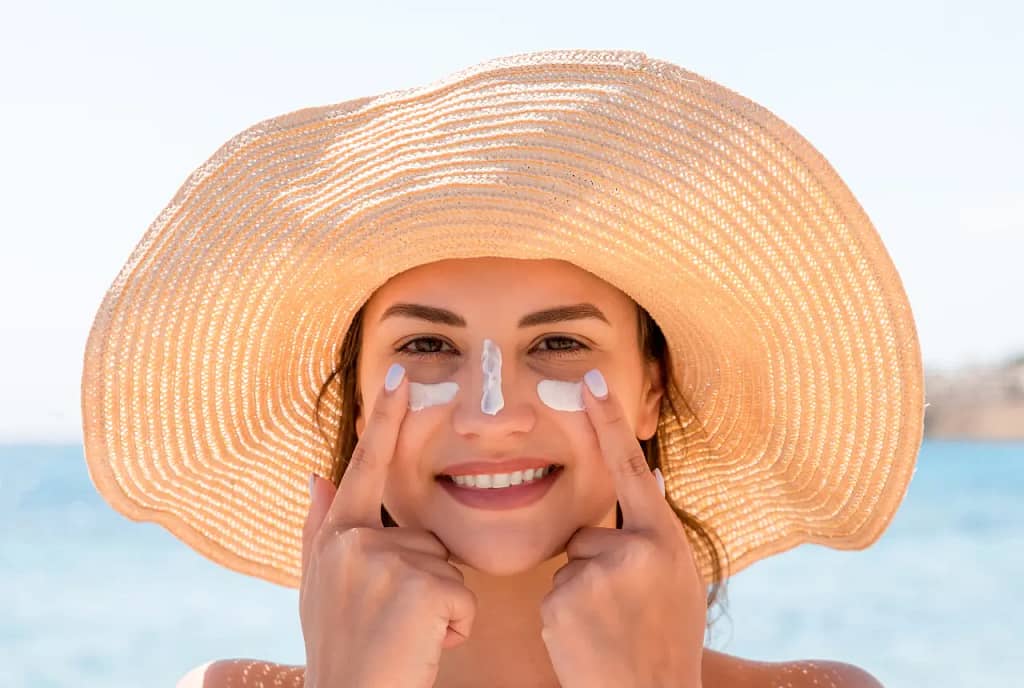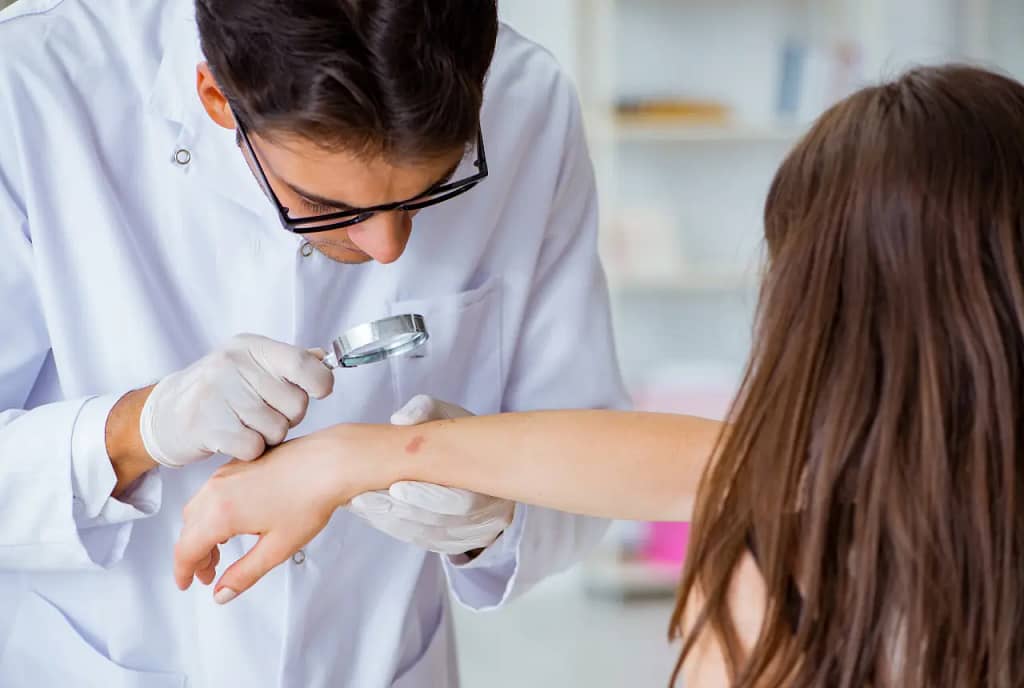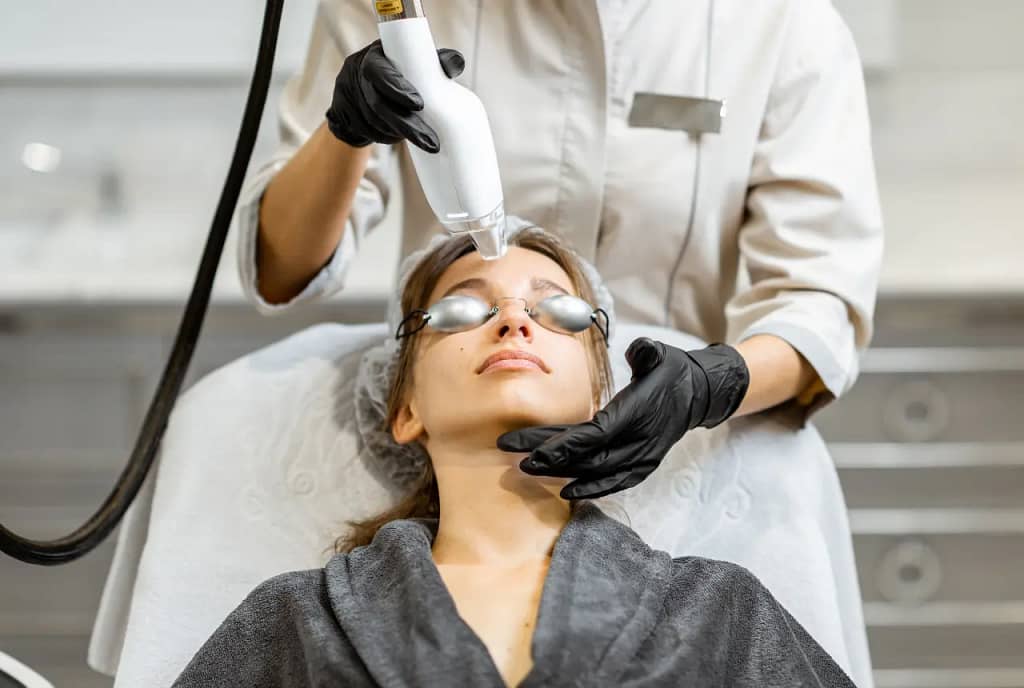How to prevent skin cancer is among the top searched medical questions across India, as skin cancer is the most common form of cancer in the nation.
This problem affects millions each year. It is medically asses to come in various forms, with the most prevalent being melanoma, basal cell carcinoma, and squamous cell carcinoma.
While some risk factors are uncontrollable, like family history, the good news is that most skin cancers are highly preventable.
Early detection is crucial for successful treatment, making sun safety and awareness paramount.
This guide dives into the top 5 powerful ways you can take charge of your skin health and significantly reduce your risk of developing skin cancer
How to Prevent Skin Cancer: 5 Vital Protective Measures
During summers, the sunshine and warm weather are great to be pleased by, but the sun’s ultraviolet (UV) rays tend to pose a significant health risk.
Due to these risk factors associated with UV rays, skin cancer has formed as the most common and risky form of cancer in India.
It is assessed that some risk factors are out of control, but there is still some good news – that most skin cancers are preventable.
It is medically advised to take a proactive approach to safeguard your skin.
In the following points, we’ll explore 5 powerful strategies that can be incorporated into your daily routine to significantly reduce your risk of developing skin cancer.
1. Seek Shade Whenever Possible

Become friends with shade, this is a simple yet effective way to minimize UV exposure.
Always seek areas with natural shade ranging from trees, buildings, or overhangs, this is one of the most efficient ways to utilize shade outdoors.
It is always easier to consider carrying a portable umbrella or pop-up tent when planning to be outside for extended periods, especially for picnics or events at the beach, or being engaged in any outdoor activities.
While shade offers significant protection, it’s important to remember that UV rays can still penetrate, albeit to a lesser degree.
So, shade seeking should be used with other sun protection methods.
2. Sun Protection Clothing

After the spread of proper awareness, sun-protective clothing has become a valuable weapon in the fight against skin cancer.
When purchasing, try to look for tightly woven fabrics that are made to offer a high Ultraviolet Protection Factor (UPF) rating.
We have heard about SPF (Sun Protection Factor) for sunscreens, in a similar way UPF is the measurement of clothing’s ability to block UV rays.
To get greater sun protection always wear a higher UPF rating.
One thing to consider when choosing sun-protective clothing is the weave tightness – as tighter weaves generally offer better protection from the risk factors of the sun rays.
Opt for clothing that covers your arms and legs, and look for wide-brimmed hats that shield your face, neck, and ears.
Remember, exposed skin still needs sunscreen, even under protective clothing.
3. Sunscreen: Your Daily Ally

In the above paragraph we have touched on the element of sunscreen, now let’s look into it in more detail.
Sunscreen if applied daily works as a defense against skin cancer.
It works by absorbing or reflecting UV rays from the sun, preventing them from damaging your skin cells.
Now let us understand UV rays: There are mainly two types of UV rays –
- UVA rays – they are known to penetrate deep into the skin and contribute to premature aging and wrinkling
- UVA rays – these types of UV rays are responsible for sunburns and also increase the risk of skin cancer.
Choosing the right type of sunscreen can be the answer to better protection, a broad-spectrum sunscreen that protects against both UVA and UVB rays could be perfect for UV sun rays protection.
Try looking for a SPF (Sun Protection Factor) of 30 or higher.
As SPF indicates the level of protection against UVB rays, using higher SPF in sunscreens offers greater protection from UV rays.
For extended outdoor activities or for those with fair skin, consider using and applying SPF 50+.
Always ensure that all exposed skin is adequately and evenly coated with sunscreen at least 30 minutes before venturing outdoors.
Pay close attention to details such as the backs of your hands, ears, neck, and feet.
If you’re going to be swimming or perspiring substantially, reapply sunscreen more frequently than every two hours.
Sunscreen Tips for Different Scenarios
- Sensitive areas: Select a sunscreen that is specifically designed for use on the face; ideally, it will be lightweight, oil-free, and fragrance-free. Protect your lips by applying a lip balm that has an SPF of 30 or higher.
- Swimming and exercise: Apply sunscreen with a minimum SPF of 30 that is water-resistant. No matter how much you use, make sure to reapply after swimming or heavily sweating, regardless of whether the label claims “water-resistant.”
4. Be Aware of UV Index and Sun Exposure Times

In medical meteorological terminology, the UV index is a daily forecast that indicates the intensity of UV radiation from the sun.
It can be found as the UV Index on weather websites and mobile applications.
It is noted as a ratio depending upon the amplitude – the higher the UV Index, the greater the risk of skin damage.
So staying vigilant with sun protection measures and limiting time spent outdoors during peak sum hours, typically 10 am and 4 pm will be beneficial, especially on days with a high UV Index.
5. Regular Skin Cancer Screenings

In terms of any type of cancer, early detection is critical for successful treatment and skin cancer is no unknown foe.
It is advised to schedule regular skin cancer screenings with the best dermatologists at Marwari Hospitals.
The dermatologist will meticulously examine your skin for any suspicious moles or lesions, during a skin exam.
It is recommended to do a baseline screening, with the frequency of subsequent screenings determined by your risk factors.
Discuss your risk factors and set up a recommended screening schedule with your dermatologist.
Understanding Skin Cancer: Types and Detection
Skin cancer encompasses various forms, but three main types stand out.
While we focus on prevention, understanding the signs can be crucial for early detection.
Melanoma: Can develop anywhere on the body and often appears as a new mole or a change in an existing one. This form of cancer is the most serious type of skin cancer, yet the least common.
Hence, always look for moles with uneven borders, color variations (brown, black, red, or white), and larger than a pencil eraser (6 millimeters) in diameter.
If these symptoms are detected, always try to treat them medically, as melanoma can spread to other parts of the body.
Basal Cell Carcinoma: This is the most common type of skin cancer, but it usually grows slowly and rarely spreads.
It typically appears as a pearly or waxy bump on the face, ears, neck, or chest. It can also resemble a flat, scaly patch or a sore that heals and comes back.
Squamous Cell Carcinoma: This type of skin cancer often arises on sun-exposed areas like the face, ears, scalp, and arms.
It can manifest as a red, firm bump, a scaly or crusty patch, or a sore that doesn’t heal.
Squamous cell carcinoma can grow deeper into the skin if left unchecked.
Early detection is key for successful skin cancer treatment.
Performing regular self-skin exams using the ABCDE rule can help you identify potential concerns.
This rule stands for:
- Asymmetry: Does the mole have an irregular shape?
- Border: Is the border uneven or blurred?
- Color: Does the mole have color variations (brown, black, red, white)?
- Diameter: Is the mole larger than a pencil eraser (6 millimeters)?
- Evolving: Has the mole changed in size, shape, or color?
If you notice any suspicious changes in your moles or any other unusual growths on your skin, consult a dermatologist.
A dermatologist is a doctor specializing in skin conditions and can perform a comprehensive skin exam and recommend any necessary biopsies or treatment options.
Additional Tips and Resources

To protect the overall skin health, more ways can play a role, even if sun protection is paramount.
Maintaining a balanced diet will nourish your skin from within, try consuming food that is rich in nutrients ranging from fruits, vegetables, and whole grains.
In addition to the other medical advice, hydration plays an important role as it keeps your skin plump and supple, which eventually can aid in its natural protective barrier function.
Technology can be a helpful ally in sun safety. Many smartphone apps can track the UV Index in real-time, allowing you to plan your outdoor activities accordingly.
These apps can also send sun safety reminders to ensure you reapply sunscreen throughout the day.
Conclusion
Sun exposure is a significant risk factor for skin cancer, but you have the power to significantly reduce your risk.
By incorporating sun-safe practices like seeking shade, wearing protective clothing, and using sunscreen daily, you can shield your skin from harmful UV rays.
Remember, early detection is critical. Conduct regular self-skin exams and schedule checkups with a dermatologist.
Take charge of your skin health today – a proactive approach is your best defense against skin cancer.

